George Barris Kustoms

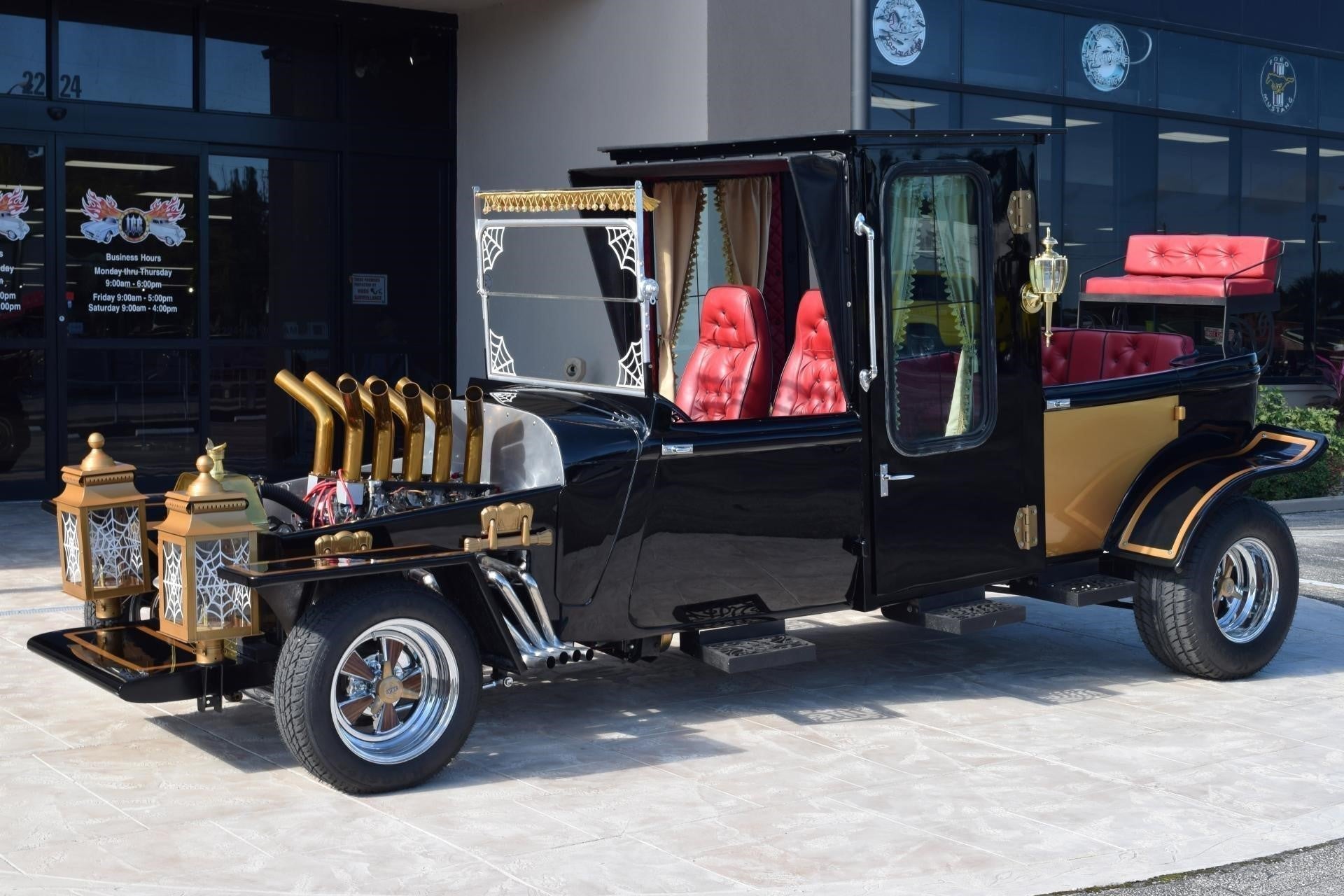
When discussing the founding figures of the Kustom Kulture movement in the 50’s, some are more recognizable than others. While artists like Ed Roth remain in a cult bubble, others in the scene have influenced mainstream culture in ways that are far more direct. One of the most important members to reach mainstream success, if not the most important, is George Barris. A one-of-a-kind talent by the standards of any mechanic, Barris customized countless cars throughout his career all the way to Hollywood and beyond. If you grew up watching The Munsters or Adam West’s Batman on TV, you probably remember his work and may not even realize it. Both the Munster Coach and the Batmobile are his creations, and the iconic vehicles barely even scratch the surface of his prolific career.
Barris always had a knack for cars. As far back as age seven, he was making models of his favorite automobiles, and reworking them in ways he found interesting or more effective. Fast forward to Barris’ teenage years — he and his brother Sam were given a broken down 1925 Buick as thanks for working at the family restaurant, and his inclination for tinkering was as strong as ever. He and Sam redesigned the car extensively and managed to sell it for a profit. They used the money to purchase a newer car, with the same goal of customization. This would only prove to be the beginning for the Barris brothers, as their work immediately caught the attention of California mechanics and car enthusiasts. Realizing he had found his community, George started work at a local body shop, and moved to Los Angeles as soon as he turned 18. It was then that he opened “Barris Custom Shop” in Bell, the start of his climb to becoming a legendary customizer.

If Kenny Howard was the one to popularize the use of the letter “k” in kustom kulture, then George Barris can at least be credited with doing it first. From his shop he made “kustoms” for private clients, and even built and drove his own race cars for a short while. After returning from the Navy at the end of the second world war, Sam joined George at the shop. The brothers eventually moved their shop to Compton, and soon after, to a larger shop in Lynwood. It was around this time that they managed to garner the attention of Hollywood studios, whose stars and executives wanted custom cars both for personal use, as well as in their shows and films. From there, Barris was thrown into the spotlight, and it didn’t take long for his style to become a signature that created a benchmark for custom vehicles.



In the 1950s Sam would leave the lifestyle to pursue other things, but obviously George’s star would keep getting brighter. Be it customizing cars that won auto shows, or being featured in Hot Rod Magazine, or even just having a close working relationship with Hollywood, Barris’ reputation grew. He eventually married Shirley Ann Nahas, who helped him run the business. Together, they managed to push Barris Customs into the next level of renown, turning it from a garage into a full-fledged company. At this point, Barris was so well respected, that model car companies like Revell were making deals on releasing his customs as novelty items.
Of course, the 1960’s would feature his biggest claims to fame in terms of having featured vehicles in popular media. Beyond The Munsters and Batman though, Barris would go on to create custom cars for The Beverly Hillbillies and The Green Hornet, just to name a few. Barris also customized cars for both Ford’s “Custom Car Caravan'' and “Lincoln/Mercury’s Caravan of Stars.” This would prove to be an important move for the longevity of Barris’ legacy, as the traveling car shows appealed to a younger generation of fans, introducing many of them to his craftsmanship for the first time. In the following decades, Barris would continue to make custom rides for the likes of Elton John, Sonny and Cher, and many more.
By the 2000s, Barris had achieved everything that an auto customizer could ever hope to in a lifetime and more. Motor companies from Honda to Chevrolet had commissioned custom cars from Barris, and at conventions it was clear from the droves of adoring fans just how celebrated he was. He loved his work so much that he continued to work out of his shop until his death at the age of 89 in 2015. Very few people go on to have the lasting legacy that George Barris has, especially in kustom kulture. When looking at how many impactful artists have faded into obscurity from our scene, it’s nice to know that there was someone out there with a passion for custom cars that the world will never forget.





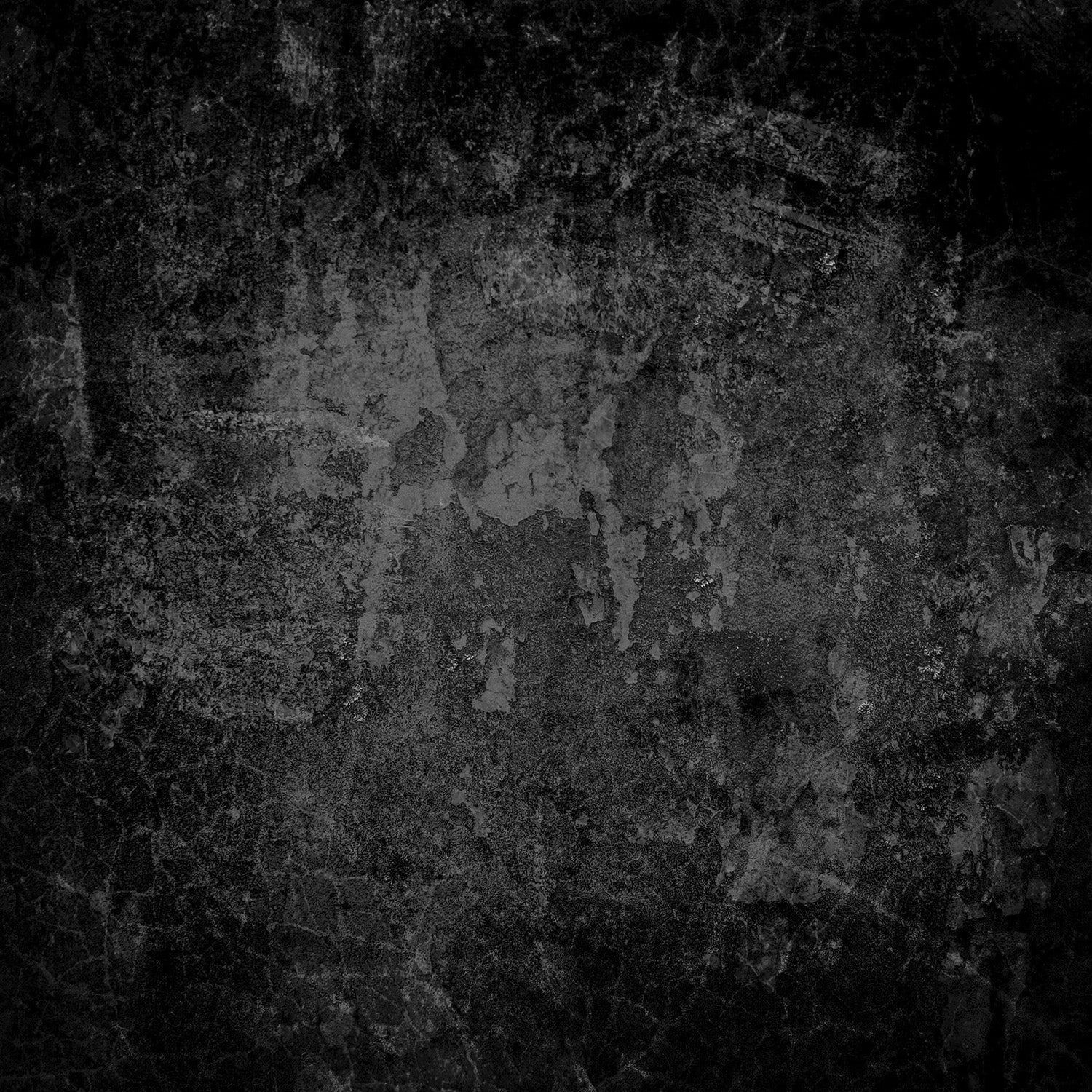

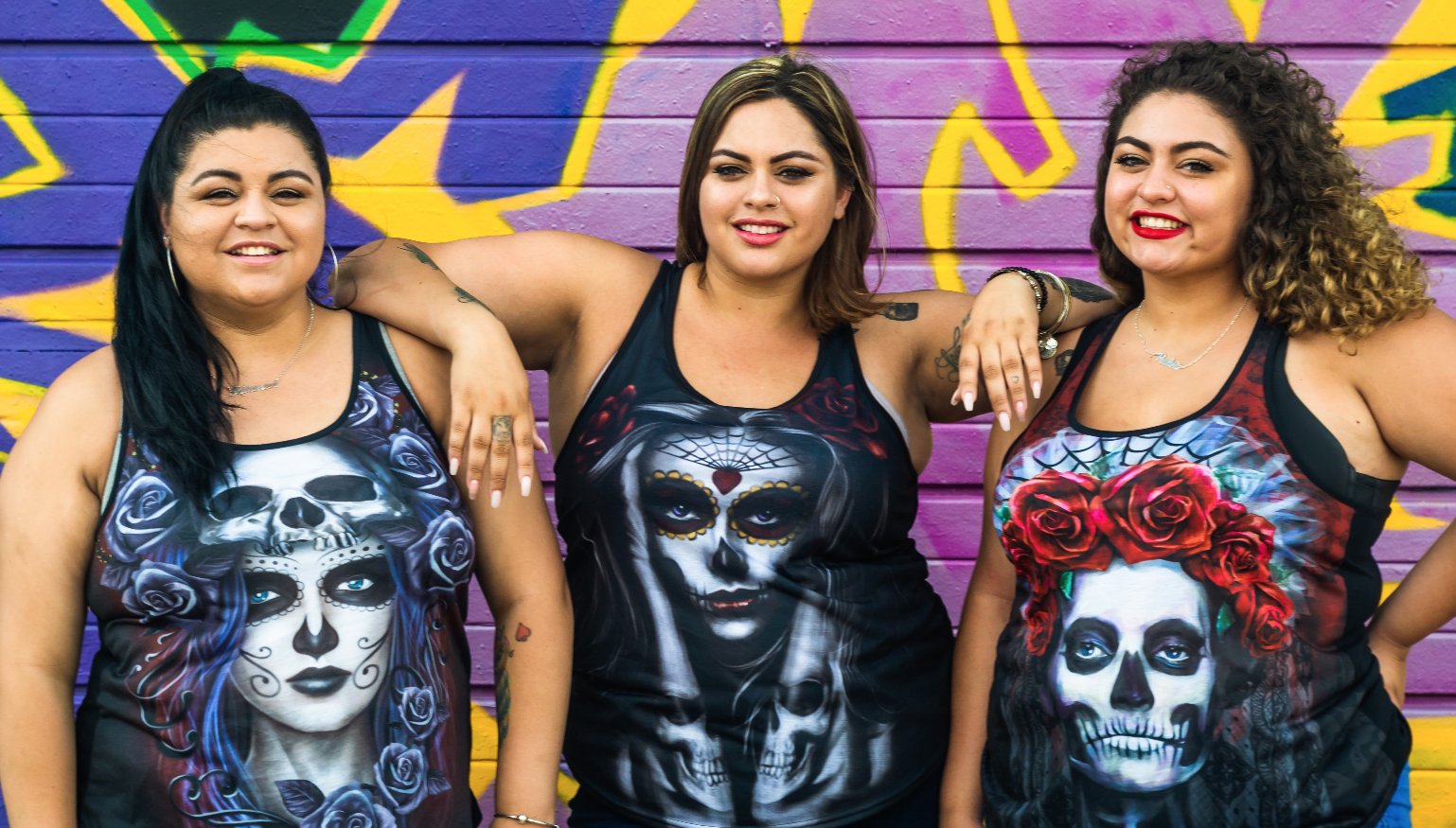





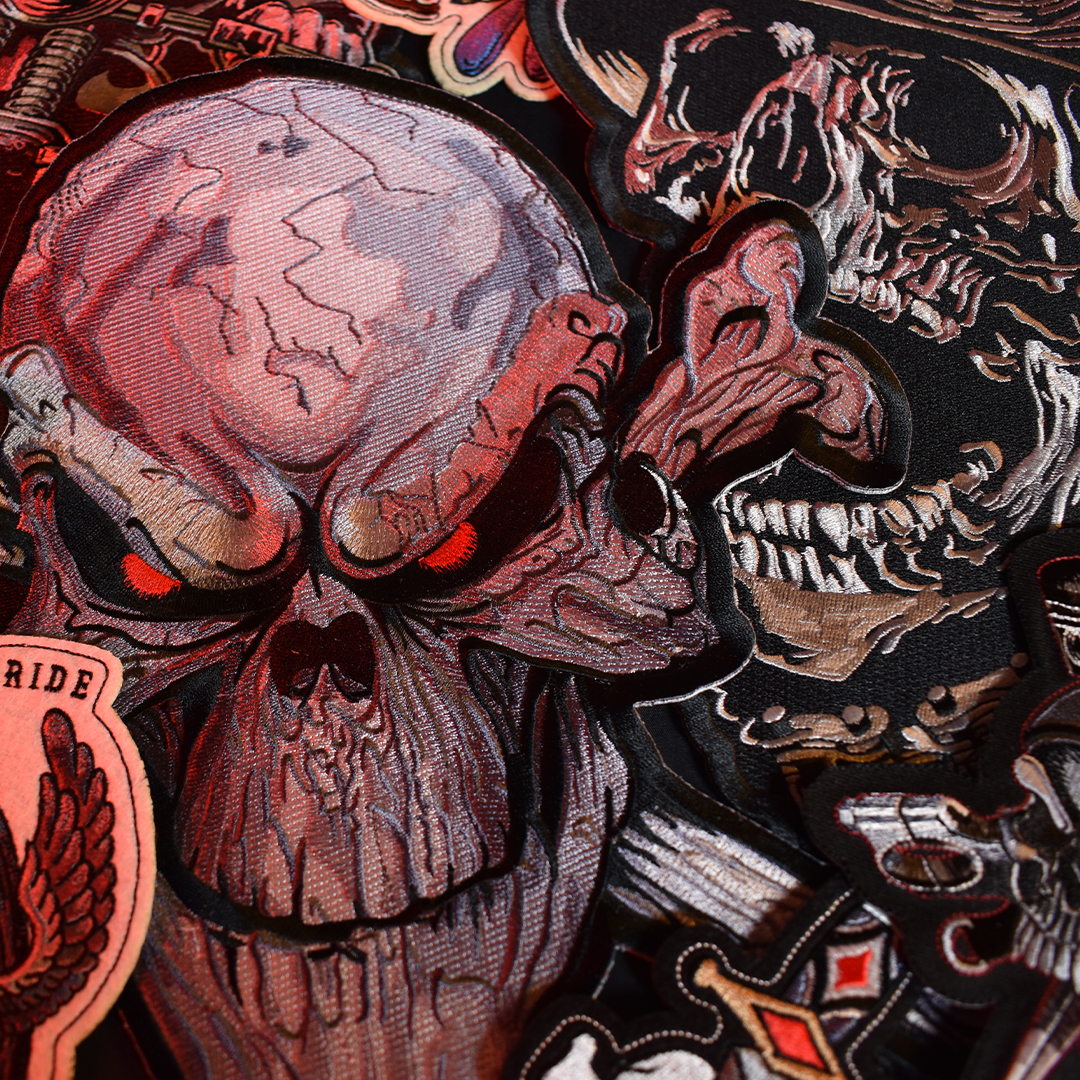
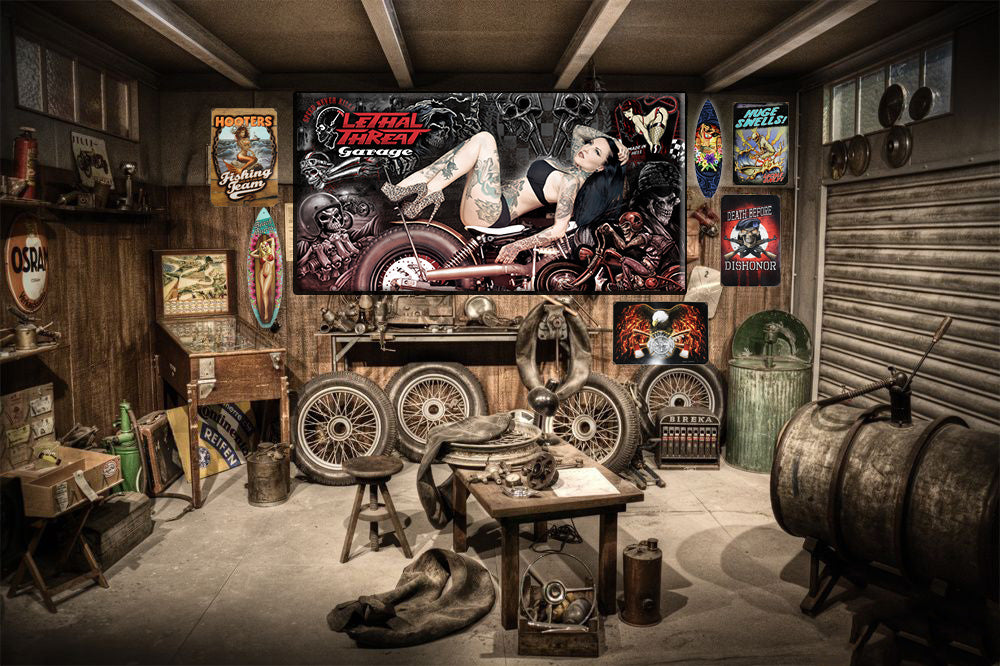

Leave a comment